 2020.05.26
2020.05.26
Is it harmful?
Pentane Expanded polystyrene consists of 98% of air and only 2% of polystyrene, which is the feedstock for its production and obtained by polymerization of styrene. The high percentage of air in the structure of the material is ensured by almost complete (80–90% during primary and 10–20% during secondary foaming) substitution of the blowing agent (pentane), which is initially contained in the granules and when they are heated becomes volatile, expanding himself and expanding (foaming) polystyrene granules. Pentane residues “disappear” at the stage of aging of granules and finished blocks. By the time the final product is delivered to the consumer, there is either no pentane in the foam products at all, or its content is so low that it poses no threat to human health.
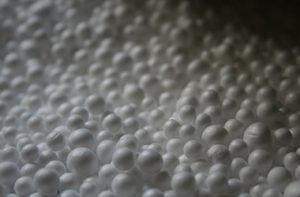
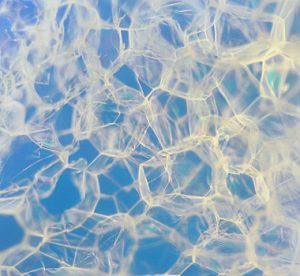
Residual monomer
As you know, the complete polymerization of styrene is impossible, as a result of which polystyrene foam contains in its composition the residual monomer styrene. Styrene is a toxic substance belonging to the third hazard class. It has an irritating effect on the mucous membranes and a harmful effect on the heart and liver of a person. The percentage of monomer in finished high-quality manufactured plates or blocks is not more than 0.005%. Styrene migration into the air does not exceed 0.001 mg / m3. The maximum permissible concentration of styrene: in the air of the working area – 30 mg / m3; maximum single dose – 0.04 mg / m3; daily average – 0.002 mg / m3. Thus, the possible percentage and migration of styrene is several times and an order of magnitude less than the maximum permissible concentration of its content.
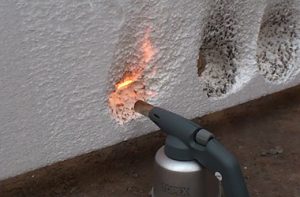
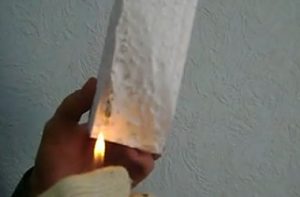
Depolymerization
Polystyrene is an equilibrium polymer, that is, it is in thermodynamic equilibrium with its monomer. The depolymerization process begins at a temperature of 320 ° C. The standardized temperature for the use of expanded polystyrene products is from minus 40 ° C to 80 ° C. Thus, styrene emissions are possible only at temperatures significantly exceeding the limiting. In the temperature range of the access to operation, insulation from polystyrene foam is not dangerous.
Penetration
In any multilayer wall construction, consisting, for example, of brick, polystyrene foam and a layer of plaster, the partial pressure gradient of the gas mixture is directed from the inside out: the gas always tends from a region with a high partial pressure to a region from low – from warm to cold. Therefore, the migration of any unsafe substances is possible only outward, not inward.
Moreover, the probability of penetration of styrene through a 2 cm thick plaster is four times lower than the probability of penetration of an AIDS virus cell through a contraceptive latex.
Is it dangerous?
Expanded polystyrene is a combustible material and belongs to the highest combustibility group – G4. If exposed to open flame, it will most likely burn.
Fire tolerance for use in construction. Expanded polystyrene is allowed for use at construction sites only when the granules used for its manufacture are introduced into the composition, flame retardants are special additives that slow down the ignition and make it difficult to burn polystyrene. Under the influence of a flame such material melts and loses in volume, in the absence of fire it quickly dies out.
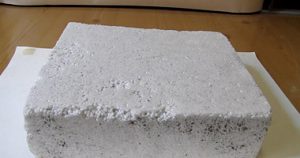
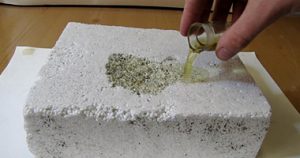
Ignition of open material is possible from a flame of a match, a lighter, a blowtorch, sparks of autogenous welding. Impossible – from a calcined iron wire, a burning cigarette and from sparks arising from a point of steel. Self-ignition of polystyrene foam occurs at temperatures from 460 to 490 ° C.
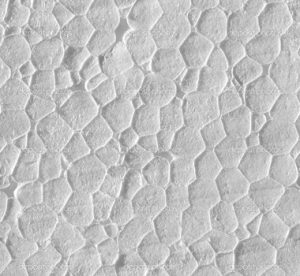
Sparks from matches, lighters, torches, and spontaneous welding may ignite the charge. Impossible-from calcined iron wire, a burning cigarette and sparks from a bit of steel. The spontaneous combustion of polystyrene foam occurs at temperatures between 460 and 490 ° C.
Is it durable?
The durability of the material outside the structure is determined by the quality of the raw materials and sintering of the granules; in construction – the quality of production and installation of the structure.
Destruction. Expanded polystyrene is not afraid of water, steam, temperature changes, but under the influence of sunlight, a slight destruction of the upper layers of the material, the thickness of which is calculated in tenths of a millimeter, is possible. Such destruction is manifested in the yellowing of the material.
Expanded polystyrene is afraid of the direct action of organic solvents, gasoline, acetone, white spirit. Under their influence, the foam melts, losing up to 100% of the volume, therefore, the application of chemicals containing solvents in its composition directly onto the surface of the foam is prohibited.
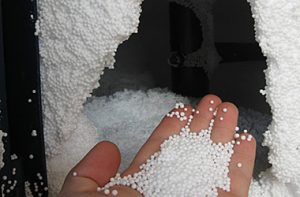
Stability properties. Actual test data of domestic and foreign researchers show that polystyrene foam does not change its physical, mechanical and thermal properties until 50–80 years. The material successfully withstands tests by alternate freezing – thawing, while its characteristics do not change significantly, and the material itself does not collapse. In a correctly fabricated and mounted structure, the durability of the foam is determined by the durability of the structure itself and the materials of which it consists.
Rodents. Research scientists have proved that expanded polystyrene as a means of food is of no interest to rodents. “Tailed neighbors” show “interest” in the foam only in cases where the latter is an obstacle to their food and water, which is excluded by proper thermal insulation. There are also cases when mice make holes in polystyrene plates, or use it as a litter. This does not happen more often than rodents use wood, burlap or paper for the same purpose.
How to choose?
The main properties of polystyrene foam are determined by the raw materials used for its manufacture, and the quality of sintering of the foam granules. Both criteria are simple to evaluate and are available to the average consumer purchasing foam in the market.
Sieving. A manufacturer who wants to save money knows that polystyrene that is not dispersed into fractions is cheaper and is a compromise solution both for those who do not delve into quality issues, who are eager to save consumers, and for those who are eager to “weld up” the manufacturer. To distinguish such a foam is simple – the sizes of the balls vary significantly. Expanded polystyrene made from dispersed raw materials will differ in the same size of all granules and, as a result, in the stability of the properties of the slab or product.
Sintering of granules. The strength properties of the foam, its ability to withstand the effects of frost and water – a direct consequence of the quality of sintering of granules. The larger the surface of the granules in contact with each other, the stronger the bonds between them and the better your insulation. Round balls are a sign of poor sintering. If the granules have the shape of a polyhedron, then the spec is good. If, when touched, the material crumbles into granules, regardless of their shape, the cake is poor.
Exposure and smell, humidity. Smell and feel the purchased polystyrene foam. Manufactured in compliance with technological parameters and seasoned polystyrene is practically odorless. If an unpleasant odor comes from the material – most likely, the manufacturer did not comply with the production regulations, and it is better to refuse to buy such a heater. If between the plates of the polystyrene you are offering is wet, the foam has not been dried, which means you will not see the desired thermal conductivity.


